INTRODUCTION
If you asked me to choose one representative dish of our Malay brothers and sisters, I will definitely choose rendang For me, most Malay households will have their very own unique recipe and everyone will claims theirs is the best. It is not uncommon for me to hop house by house during Hari Raya Aidilfiltri open house to taste their rendang chickens.
I can totally understand such claims as this is a dish with long historical background and it was mentioned in a Malay literature Hikayat Amir Hamzah in 1550’s. It was a dish of Minangkabau origin, an ethnic race in Sumatra, Indonesia and traditionally such cooking was done as a meat preservation cooking especially for beefs.
As per Wikipedia, it was written:
“Rendang is a spicy meat dish which originated from the Minangkabau ethnic group of Indonesia,and is now commonly served across the country. One of the characteristic foods of Minangkabau culture, it is served at ceremonial occasions and to honour guests. Rendang is also served among the Malay community in Malaysia, Singapore, Brunei and also in Southern Philippines. Rendang is traditionally prepared by the Minangkabau community during festive occasions such as traditional ceremonies, wedding feasts, and Hari Raya (Eid al-Fitr). Culinary experts often describe rendang as: ‘West Sumatran caramelized beef curry In 2011 an online poll by 35,000 people held by CNN International chose Rendang as the number one dish of their ‘World’s 50 Most Delicious Foods (Readers’ Pick)’ list.
The cooking technique flourished because of its role in preserving meat in a tropical climate. Prior to refrigeration technology, this style of cooking enabled preservation of the large amount of meat. Rendang is rich in spices. Along with the main meat ingredient, rendang uses coconut milk (Minangkabau: karambia) and a paste of mixed ground spices, which includes ginger, galangal, turmeric leaves, lemon grass, garlic, shallot, chillies and other spices. This spice mixture is called pemasak in Minangkabau. The spices, garlic, shallot, ginger and galangal used in rendang have antimicrobial properties and serve as natural organic preservatives. If cooked properly, dry rendang can last for as long as four weeks. (Source: http://en.wikipedia.org/wiki/Rendang)
One of the unique ingredients of this dish in Malaysia and Singapore recipes is kerisik or so called coconut butter but tis was not used in Indonesia recipes. I have to be frank that I have failed in the preparation of the kerisik as I can’t get the paste i want. I will try again and therefore, in this post, I will not share the recipe of Kerisik in this post. The picture below is my pounded kerisik but no oil was excreted.
For kerisik, I was told that it is possible to toast the coconut, pound it while it is hot until the coconut oil is excreted. A paste is then formed. I did not manage to get to that stage and I gave up.. In fact, I prefer my rendang to have some coconut bits to bite rather similar with Indonesia recipes that uses shredded coconut. . Members of Facebook Group told me that with the coconut butter, it will give me an extra “oomph” in the dish.. I am unsure what extra oomph is this but what i knew is my rendang tastes like what I used to eat during Hari Raya visiting or what i bought from the Malay food stores. I am totally unsure whether or not these families or stores have prepared using homemade coconut butter as described above.
Of course, new house chefs, don’t be deter by this, you can always buy ready made kerisik from the wet market stalls that sell curry rempah or spice mix. But, package kerisik that are not fresh will ruin your whole pot of your rendang.
Updated Post on 7 January 2015
Today, I have successfully prepared the kerisik. The taste is totally different from the package kerisik. You can refer to the recipes here: Coconut Become Butter ?–Kerisik (椰子酱)
I especially love this dish as most of the herbs can be obtained freshly in the markets or planted at home. These are herbs that are very familiar to me since young – from galangal to turmeric to lemon grass to chilli… Unlike other Malay dishes, the spice mix did not include other middle eastern spices like jintan manis, jintan putih, curry powder and etc.. Therefore, the taste is very local with a very familiar fragrance mixed with strong coconut aroma.
The meat are supposed to cook until it falls of the bone and the same recipe can be used for beef or lamb.
Ideally, three type of leaves shall be used: turmeric leaves, bay leaves (daun salam) and kafir lime leaves. As I can’t find turmeric fresh leaves and bay leaves, I have omitted the usage of these leaves and only kafir lime leaves are used. The picture was updated on 7-1-2015 subsequent to the issuance of this report.
WHAT IS RQUIRED
Recipe adapted from : Resepi Rendang Ayam Chef Wan Yang Istimewa |
Servings: 5-6 adults
-
1 medium size chicken cut into big chunks
For blending together
-
10 red chilli
-
15 shallots
-
10 cloves of garlic
-
3 stalks of lemon grass
-
5 cm galangal
-
6 cm of ginger
Others
-
1 tablespoon of turmeric powder or 2 cm of fresh turmeric
-
1 piece of turmeric leaves (daun kunyit) – shredded – not in picture
-
3 pieces of kafir lime leaves – shredded (optional)
-
5 pieces of bay leaves – shredded (optional) – not in picture
-
2 tablespoons of kerisik (not in picture and please ignore the fresh coconut) or 4 big tablespoons of fresh coconut or toasted coconuts
-
300 ml of concentrated coconut milk
-
1 cup of tamarind water (assam jawa)
-
2 tablespoons of sugar or gula Melaka
-
4 tablespoons of oil
-
Salt to taste
For recipe of kerisik, please refer to: Coconut Become Butter ?–Kerisik (椰子酱)
STEPS OF PREPARATION
-
Blend all the herbs together until fine to become the spice mix.or herbs mix.
-
In a big wok, put the cooking oil, sauté the spice mix, turmeric powder under medium heat until fragrant and oil starts to separate from the herbs mix. In this stage, you will witness loss of water vapour, colour become darker and the herbs mix become drier.
-
Add in the chicken chunks, stir fry until well mixed and the chicken starts to get drier. Add the tamarind water, bring to boil, let it simmer until almost dry. Add in the coconut milk and the shredded turmeric leaves, bay leaves and kaffir lime leaves, bring to boil, change to low heat and let it simmer until the meat is soft and the gravy is thick and concentrated. In this process, for every 10 minutes, give the meat a stir. Once ready, add the sugar, salt to taste, kerisik or toasted coconut or freshly grated coconut. Stir fry until well mixed. Off the heat For this illustration, it took me about 1 hour to cook to my desired meat texture and consistency. Rendang is best served warm with white rice, lemang and ketupat.
Note:
The same recipe can be used for lamb or beef but the cooking hours will be much longer to get that melt in the mouth texture. Pressure cooker can be considered to expedite the cooking process.
CONCLUSION
I hoped that this recipe will help readers who are looking for rendang recipe. Though most of the Malaysia rendang recipes called for the use of kerisik, in my humble opinion, this is optional as the recipe are using a lot of coconut milk and shredded/toasted coconut. The coconut aroma is already very strong and the meat is very smooth since at the final stage of cooking, the coconut milk will become coconut oil after long hours of cooking. In addition, most Indonesian recipes (country where rendang originates) also never use kerisik at all… Well, that is my humble opinion and I will leave it to readers to decide. If you are buying ready packet of kerisik, ensure that it is very fresh, otherwise, it will spoil your whole dish…Though no real kerisik is used, I did not find any magnificent difference in taste with the rendang that I have eaten before. Sorry for this less than humble way of describing my dish.
Hope you like the post today. Cheers and have a nice day.
-
For more recipes, you can refer to my RECIPE INDEX (updated as at 26 November 2014) here and you can follow me at PINTEREST or visit the blog’s FACEBOOK PAGE to keep abreast of my future posts. Also follow me at INSTAGRAM or TSU, a new social network for some more personal sharing other than recipes.
-
If you are a Pinterest user and you are interested to have more recipes, you can join or follow this Pinterest Board set up by me where there are more than 2600 recipes worldwide and pinned by various bloggers: FOOD BLOGGERS AND FOODIES UNITED PINTEREST BOARD.


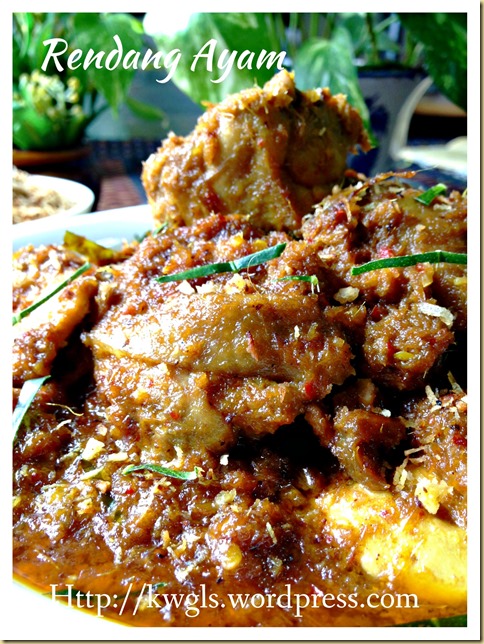
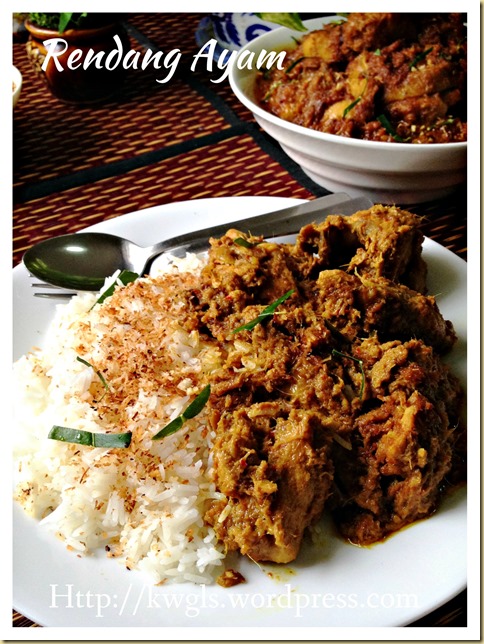
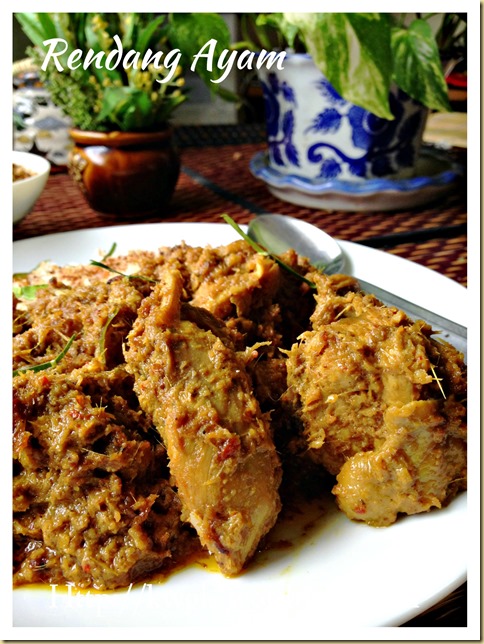
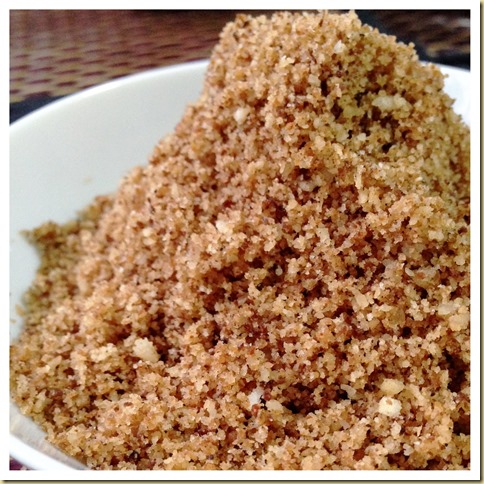

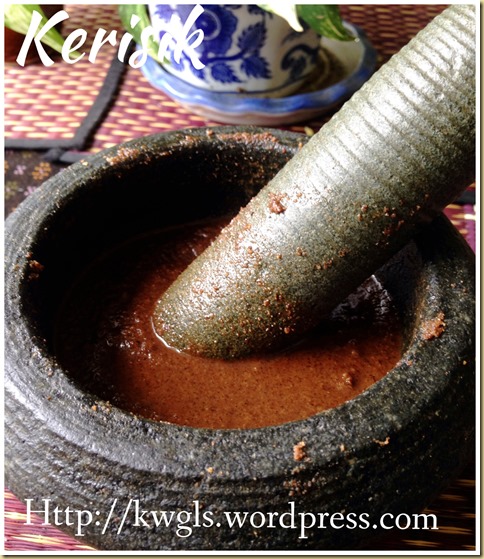




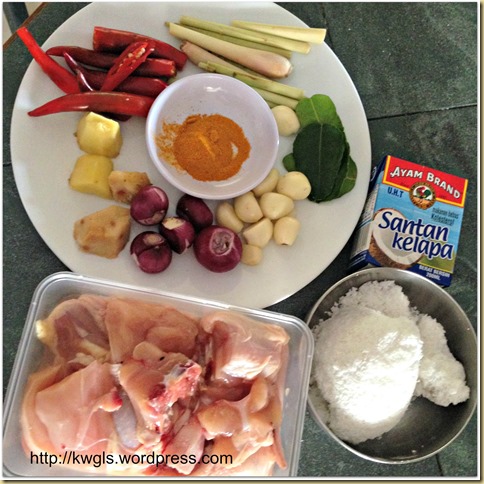





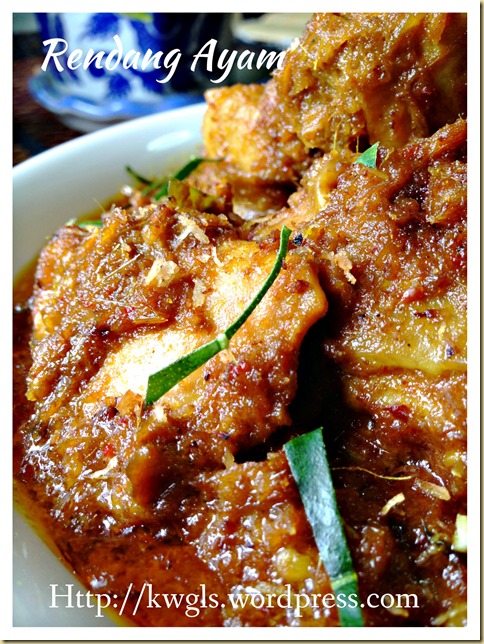

Great post and sharing, thanks Kenneth. This already look so good, u making me looking forward to cook this. i have all the ingredients except for kerisik…adui..have to wait for another day.
as far as I am concerned, kerisik is optional if you put freshly grated coconut.. make sure the one you have is fresh.. haha
Pingback: Coconut Become Butter ?–Kerisik (椰子酱) | GUAI SHU SHU
Pingback: RECIPE INDEX ( Updated on 13 March 2015) | GUAI SHU SHU